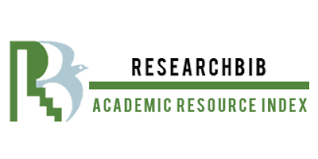LANGUAGE USE THAT REFLECTS POWER DYNAMICS BETWEEN GENDERS
Keywords:
Power dynamics, gender, language, sociolinguistics, communication, gender rolesAbstract
This article examines the role of language in reflecting and reinforcing power dynamics between genders. By analyzing speech patterns and communication styles, it explores how societal gender roles and expectations influence language use and, consequently, the power relations between men and women. The study delves into the linguistic strategies employed by both genders, including assertiveness, politeness, and emotional expressiveness, and their impact on interpersonal communication. Drawing on sociolinguistic theories and empirical studies, the article also discusses how gendered language contributes to the construction and maintenance of gender-based power imbalances. Solutions are proposed to address these imbalances and promote more equitable communication in various settings.
References
1.Tannen, D. (1990). You Just Don’t Understand: Women and Men in Conversation. William Morrow.
2.Lakoff, R. (1975). Language and Woman's Place. Harper & Row.
3.Holmes, J. (2006). Gendered Talk at Work: Constructing Gender Identity through Workplace Discourse. Blackwell Publishing.
4.Cameron, D. (2007). The Myth of Mars and Venus: Do Men and Women Really Speak Different Languages? Oxford University Press.
5.Coates, J. (2004). Women, Men and Language: A Sociolinguistic Account of Gender Differences in Language. Pearson Education.
6.Qizi, Y. N. A., Qizi, Z. M. S., Abduraimovich, Y. A., & Ravshanovna, M. B. (2024). The Role of Leadership Skills in Raising a Spiritually Mature Generation. Science and Innovation, 3(Special Issue 32), 418-422.







